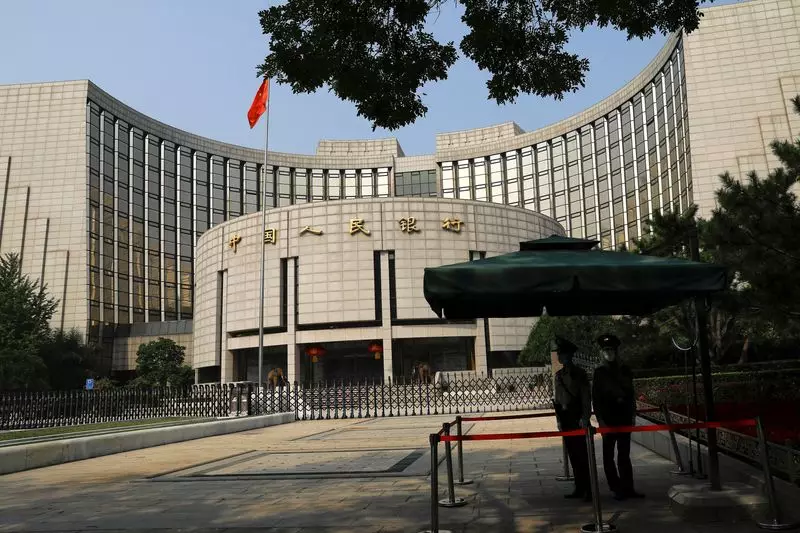The People’s Bank of China (PBOC) is poised for significant changes in its monetary policy framework, with indications that interest rates may be cut from the current 1.5% in 2025. This anticipated move marks a pivotal shift towards a more market-oriented approach that is expected to drive a rapidly evolving economic landscape for one of the world’s largest economies.
As China navigates the complexity of its economic structure, the central bank’s current focus is to transition away from a rigid state-controlled lending system towards a framework that enhances market-driven interest rates. This strategic pivot follows a commitment made by policymakers last year to create a more responsive monetary environment, which is expected to bolster credit demand in alignment with shifting economic needs.
By prioritizing interest rate adjustments as opposed to fixed quantitative goals for loan growth, the PBOC seeks to ensure that its monetary policy can better cater to the realities of contemporary economic conditions. This approach is viewed as essential in fostering the high-quality development that the governing authorities have deemed necessary for the country’s sustained growth trajectory.
Analysts believe that changes in interest rates could stimulate a more dynamic response within the credit market. A series of recent comments from the PBOC suggest a commitment to reforming the interest rate structure, which is further echoed by the record lows seen in China’s 10-year and 30-year treasury yields. The expectation of renewed monetary easing is underlined by the recent cut in the seven-day reverse repo rate from 1.7% to 1.5%.
With this foundational shift, the Chinese economy may find itself better positioned to enhance lending patterns and investment paradigms that have stagnated amid challenges like the property market crisis. However, the success of these reforms hinges on whether capital markets can effectively assume a more significant role in financing growth, addressing the need for deep structural changes within the economy.
China’s central bank adjustments come at a crucial juncture, particularly as the governing Politburo has recently relaxed the monetary policy stance from “prudent” to “appropriately loose.” This marks the first policy shift of its kind in nearly 14 years and depicts a responsive strategy designed to address the growing economic pressures stemming from both domestic challenges and international trade tensions.
As the economic landscape is increasingly influenced by global factors, including strained relations with the United States — especially following the return of Donald Trump — the Chinese government must navigate these complex dynamics while fostering internal growth. Concerns over an over-reliance on manufacturing and exports have become a pressing issue, alongside disappointing consumer demand that has been exacerbated by the ongoing property crisis.
In light of these shifting conditions, government advisors are advocating for a steady growth target this year paired with a more robust fiscal stimulus approach. Suggestions include deeper investments aimed at invigorating domestic demand, especially given the extent to which the property market debacle has eroded consumer wealth.
This twin approach combining interest rate reform with aggressive fiscal stimulus could potentially invigorate the Chinese economy and alleviate some of the pressure that has built in recent years. Ultimately, this may help to recalibrate the nation’s economic engine toward a more resilient and sustainable future.
As the PBOC forges ahead with these ambitious reforms, the focus on enhancing the transmission and formation of market-led interest rates signifies a crucial transformation in China’s approach to economic management. The central bank’s willingness to embrace change sets the stage for a recalibration of monetary policy, with the hope of nurturing a robust economic landscape that can withstand both internal trials and external pressures.
The PBOC’s strategic vision and commitment to reform underline a significant reshaping of monetary policy in China. As the country positions itself to face the challenges ahead, the effectiveness of these changes will largely determine the trajectory of China’s economy in a complex and rapidly evolving global context. The years ahead will undoubtedly present both challenges and opportunities, demanding agility and responsiveness from policymakers and financial institutions alike.

